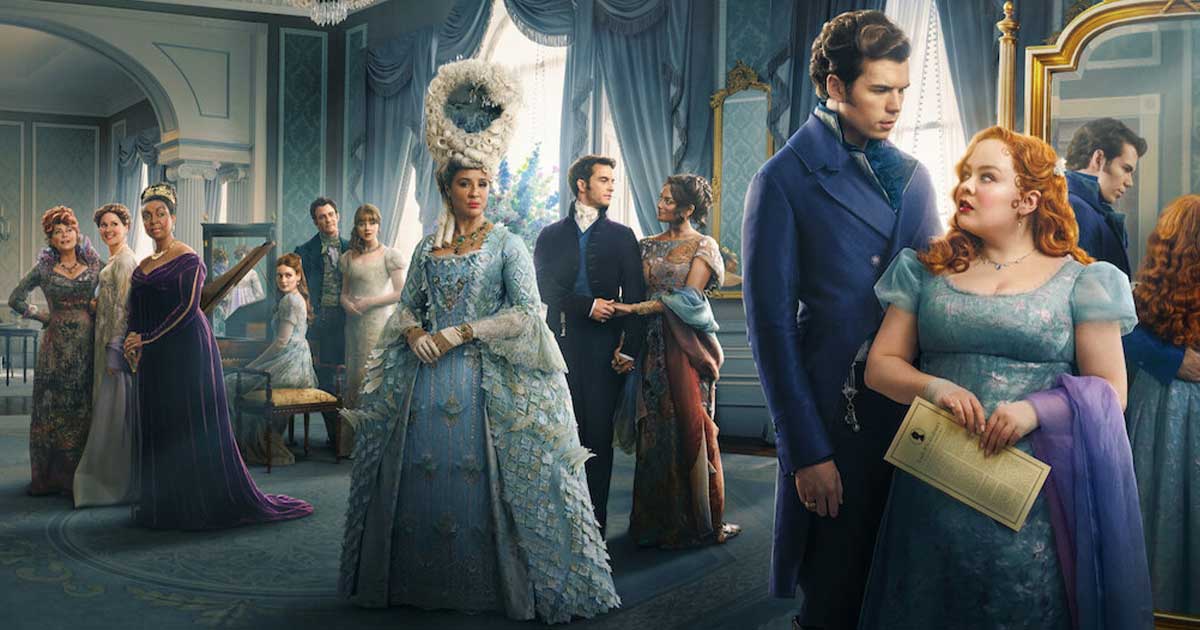In a red-faced turn of events, NASA has announced that the two Starliner astronauts “not stranded” on the International Space Station (ISS) will be returning to Earth aboard a SpaceX Dragon spacecraft, which is only the start of the problems.
At a Saturday press conference that surprised no one, NASA announced that after careful assessment of the situation, NASA and Boeing engineers were unable to reach a consensus about whether it was safe for astronauts Butch Wilmore and Suni Williams to return using the crippled Starliner capsule. As a result, the decision has been made for the pair to remain on the ISS until February, 2025 when a SpaceX Dragon will dock with the station, providing them with a ride home.
This is already a major egg-on-face moment for the space agency and Boeing, the builder and operator of Starliner. The Starliner project was already years behind schedule and billions over budget after a decade of development. It also suffered a string of last-minute aborts before the launch of its first crewed mission on June 5, 2024 from Cape Canaveral Space Force Station atop an Atlas V rocket.
There were already concerns about the mission due to a persistent helium leak in the attitude thruster system, but it was determined that this was not a major problem. However, after liftoff, five thrusters malfunctioned and there were problems with an oxygen valve. Starliner managed to dock with the space station, but the eight-day visit by Wilmore and Williams will now stretch to seven months.
To add insult to injury, the alternative ride is being provided by Boeing’s competitor, SpaceX, which has already made numerous crew and cargo visits to the ISS and is preparing for the first privately funded spacewalk next week.
This isn’t just a public relations setback at a time when Boeing’s reputation is the lowest it’s been in decades. Nor is it a matter of the future of Starliner being almost certainly brought into question. This decision will have a series of knock-on effects that will have to be addressed in the very near future.
Boeing
The most obvious is that room will have to be made for the “not stranded” pair aboard the Dragon. This will mean bumping two other astronauts from the February launch to free up the required seats.
There is also the matter of the spacesuits worn by Wilmore and Williams. The ones they wore on Starliner are of a design based heavily on older NASA suits, where SpaceX’s spacesuits are of a blank-page advanced design. As a result, the Boeing suits won’t fit in the SpaceX couches and the connectors for life support and communications are incompatible.
Even more aggravating is that the SpaceX suits have to be tailor made for the astronaut wearing it. Unless some means can be found to make a SpaceX suit to the Starliner astronauts without fittings, it may be that the pair will have to risk returning to Earth in their shirt sleeves – a practice that was abandoned decades ago after a Soviet Soyuz crew of three died on reentry when their capsule sprung an air leak.

Then there is Starliner itself. The capsule’s computers will have to be reprogrammed to allow it to undock from the station and return to Earth autonomously. There is fear that the malfunctioning craft could jam the docking mechanism, leaving the station with one fewer valuable berth for visitors.
An equally concerning problem is whether Starliner can manage reentry with its malfunctioning thrusters. Boeing engineers want the capsule back very badly for study, but if it is too risky to try for a landing, it may be necessary to order the Starliner to burn up in the atmosphere over the South Pacific.
And, finally, there is the matter of groceries. Two extra mouths to feed aboard the station means extra cargo at a cost of about US$10,000 per pound. That makes for some pretty expensive chocky bars.
“Decisions like this are never easy, but I want to commend our NASA and Boeing teams for their thorough analysis, transparent discussions, and focus on safety during the Crew Flight Test,” said Ken Bowersox, associate administrator for NASA’s Space Operations Mission Directorate. “We’ve learned a lot about the spacecraft during its journey to the station and its docked operations. We also will continue to gather more data about Starliner during the uncrewed return and improve the system for future flights to the space station.”
Source: NASA







